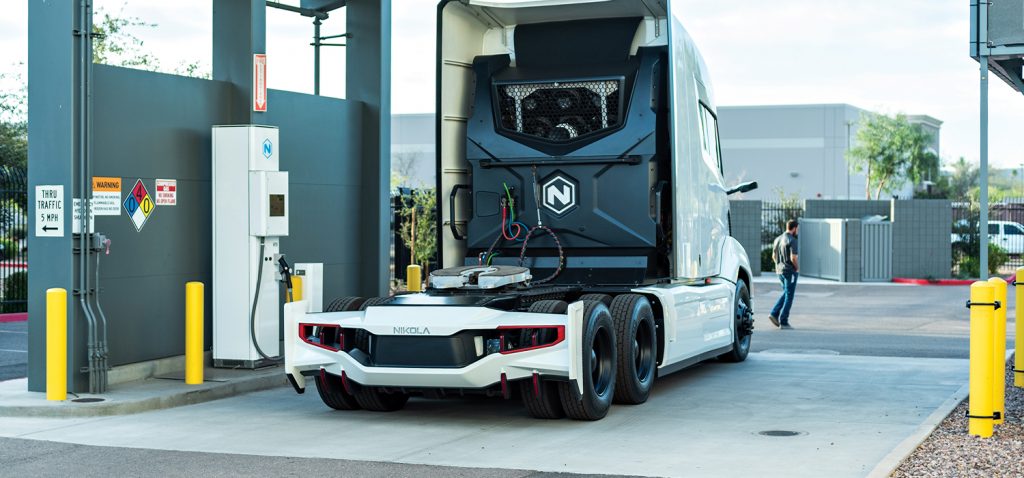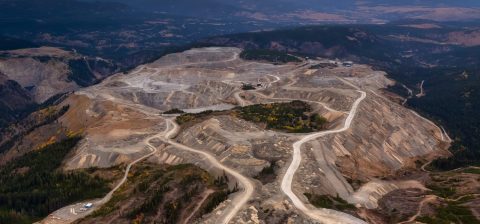SA Mining
Outlook For Platinum In 2021
By Trevor Raymond, Director of Research at the World Platinum Investment Council (WPIC)
As the COVID-19 pandemic unfolded over the course of 2020, the impact on platinum supply and demand became clearer, as did the likely trends shaping 2021. The large 1.2 million-ounce deficit in 2020 and the forecast deficit of over 200 000 ounces in 2021 both result from weak platinum supply and strong investment demand – the trends that underpin the positive outlook for platinum over the next year.
The heightened pandemic-related global risk drove investors to increase their ownership of precious metals, including platinum. This set the trend in 2020 for massive growth in retail and institutional investment demand, which is expected to continue in 2021.
Platinum bars and coins sold out in most markets in 2020, particularly in North America. In 2020, we expected to see bar and coin demand of 629koz – or 8% of total demand – with 485koz expected in 2021. Similarly, the strong 530koz exchange-traded funds demand in 2020 sees at least 250koz in 2021.
However, during the early months of the pandemic, the strong demand for platinum bars was constrained by a lack of available stock. Retail investors trying to buy platinum bars and coins had to wait well into the year for refiners and mints to start replenishing platinum stock and gradually meet pent-up demand.
COVID meant that it simply was not possible for Swiss refiners, shut down early due to their proximity to Northern Italy, to continue manufacturing or indeed to transport stock to Japan and North America.
Another consequence of transport restrictions meant that market-making banks that held platinum in London or Zurich against NYMEX futures positions faced additional risk. This led to a major disconnect between the price of platinum futures and the spot price of platinum until these banks could manufacture and transport platinum to NYMEX approved vaults in the US. This was largely resolved by September.
Despite sustained strong demand for precious metals, and platinum’s deep discount to gold and palladium, the platinum price remained muted during most of 2020 – in part due to the NYMEX hiatus.
While platinum investment demand has benefited strongly from the uncertain economic environment caused by the pandemic, it is not the only factor driving demand, and sustaining the deficit. Supply was affected on an unprecedented scale in 2020, but for two reasons, not one.
Yes, COVID forced the world’s mines into lockdown as efforts to reduce COVID-19 transmission were taken. The effects on supply were particularly severe in South Africa in the second quarter of 2020, and although mine production recovered well in the third quarter, the COVID-related losses are still forecast at c.-400 koz for the year.
But, completely unrelated to the COVID-19 pandemic, South African refined platinum production suffered heavy losses as a major processing outage (a converter plant completely offline) in March and April, and then also in November and December, reduced mine supply by a massive additional c.-900 koz of platinum in 2020. While the converter plant is expected to commence operation in January 2021, elevated in-process inventory built up will take into 2022 to be fully processed.
We anticipate that the continued high global risk should keep precious metals demand high, with investor demand for platinum helped by its deep discount to gold. However, many investors have started to notice platinum’s key (modest) near-term but (significant) long-term roles in the production of green hydrogen and in fuel cells for electric vehicles.
The huge cost of the pandemic is prompting governments around the world to reconsider their plans in their bids to combat climate change, which remains a fundamental priority. Seventy countries, plus the EU and China, are recognising green hydrogen as the best route to decarbonisation, with strategies and policies being implemented to ensure the hydrogen economy.
Platinum’s material demand growth from this will be realised in the next five- to 10-year period, and this has piqued the interest of many investors – some of whom had not previously considered platinum – looking for a strategic underpin to the long-term demand for this unique metal.
In addition to this, there remains huge potential for platinum demand to increase as the price of palladium remains over $1 000 per ounce above platinum, maintaining a high incentive for platinum substitution for palladium (at a 1:1 ratio) in gasoline autocatalysts and diesel after-treatment systems.
This is particularly the case as automaker profits suffer from lower sales. So too could the demand rise from diesel car sales, as the focus on low carbon emissions and the reduction of heavy CO2-related fines in the EU prompt automaker promotion of the benefits of their newest mild-hybrid diesels in comparison to petrol equivalents and conventional gasoline engines.
So, in terms of platinum catching up with gold and palladium, the basic ingredients are very much there for this to happen. The discounts to gold and palladium remain significant, with very strong platinum-driven reasons for these discounts to narrow in the months and years ahead.
We believe it’s a question of when, not if, and in ordinary times we would have expected platinum to have caught up months ago. 2020, however, was anything but ordinary.







 Sign-up and receive the Business Media MAGS newsletter OR SA Mining newsletter straight to your inbox.
Sign-up and receive the Business Media MAGS newsletter OR SA Mining newsletter straight to your inbox.